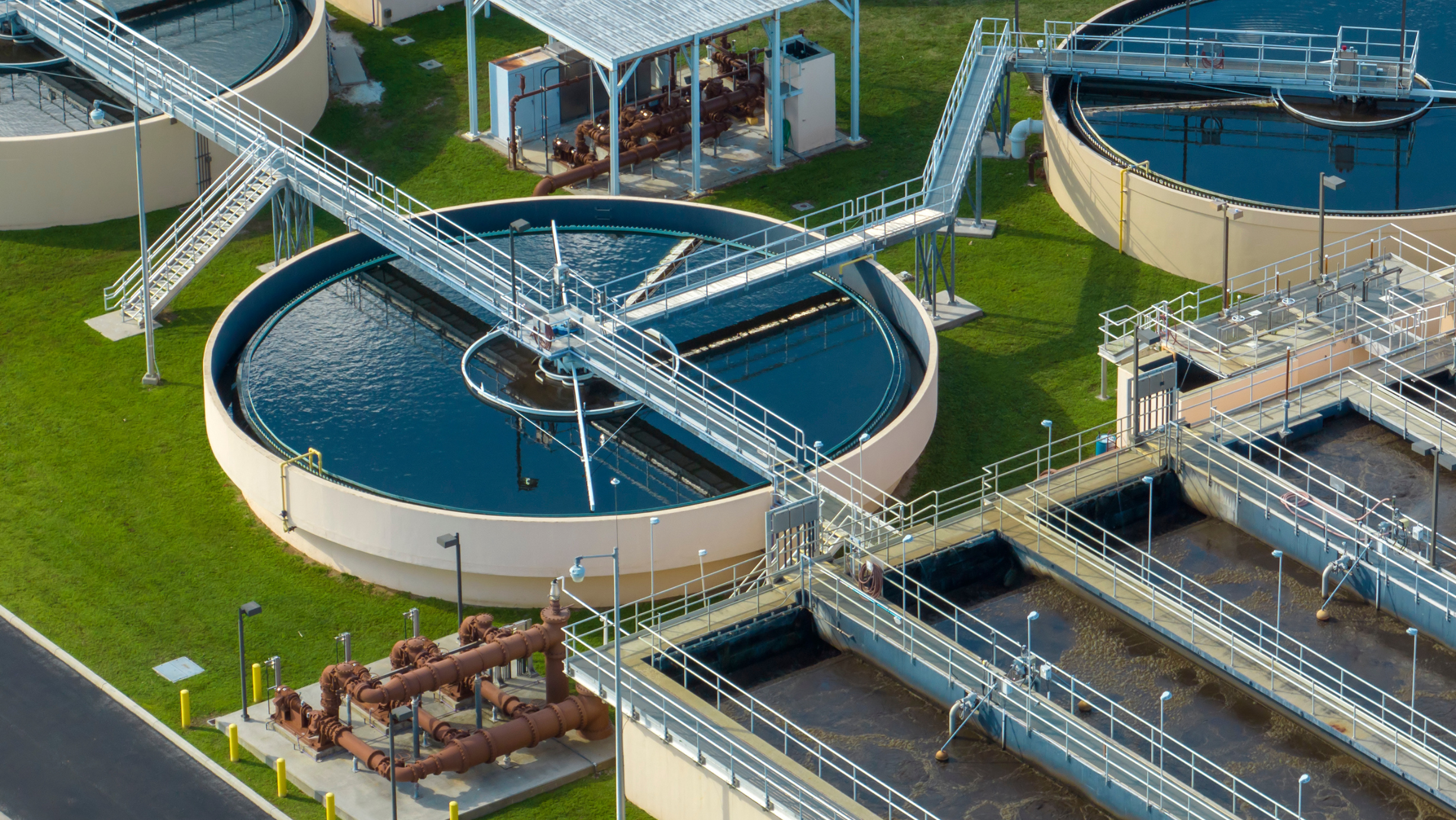News & Events
Ceit participates in innovative project to recover phosphorus in wastewater treatment process

11 | 02 | 2025
Ceit is involved in the MagnEDAR project, which aims to develop and validate innovative technological solutions for phosphorus recovery in the form of struvite, utilizing industrial secondary resources as a source of magnesium.
The scarcity of raw materials has made the optimization of natural resources a priority. In this context, wastewater treatment plants play a crucial role in the transition towards a circular economy. The MagnEDAR project seeks to address this by developing and validating innovative technological solutions for phosphorus recovery in the form of struvite, using industrial secondary resources as a source of magnesium.
The consortium, led by the public company Navarra de Infraestructuras Locales, S.A. (NILSA), includes the University of Barcelona, the University of Navarra, Magnesitas Navarras (MAGNA), GyD Tecnología del Agua, and the Ceit Technology Centre.
Phosphorus recovery and sustainable fertilizer production
One of the main challenges addressed by the project is the recovery of phosphorus from treated waters, a key requirement in the new European regulation on wastewater management. To achieve this, the process of phosphorus precipitation in the form of struvite—a slow-release mineral fertilizer with high added value—will be optimized.
This approach will not only help reduce dependence on external phosphorus sources but also minimize the risk of eutrophication in aquatic ecosystems and operational issues in treatment plants, such as pipe blockages due to uncontrolled struvite deposits. It is estimated that phosphorus recovery in treatment plants could cover between 15% and 20% of the global demand for this essential agricultural element.
Energy neutrality through biogas production
The project will also explore an innovative strategy for biogas-derived biometane production. By using secondary magnesium oxide resources, CO₂ present in the biogas will be captured, generating magnesium carbonates that will later be used in struvite precipitation.
This process will integrate with existing biogas upgrading technologies, allowing injection into the natural gas grid and contributing to the energy neutrality of treatment plants. Additionally, using industrial magnesium by-products will enhance the sustainability of the process and significantly reduce operational costs.
Full-scale prototype in Navarra
The MagnEDAR project will span three years and culminate in the installation of a full-scale demonstration prototype at the Arazuri wastewater treatment plant in Navarra, managed by the Mancomunidad de la Comarca de Pamplona (MCP). This phase will validate the technology under real conditions and lay the groundwork for large-scale implementation in other treatment plants.
Ceit will contribute its expertise in wastewater treatment and valorization, aiding in the optimization of phosphorus recovery and biometane production processes.
Financed with €156,398 through the 2023 public-private collaboration project call by the Ministry of Science, Innovation, and Universities, the State Research Agency, and the FEDER program, MagnEDAR represents a decisive step towards more sustainable and efficient resource management in urban wastewater treatment plants.